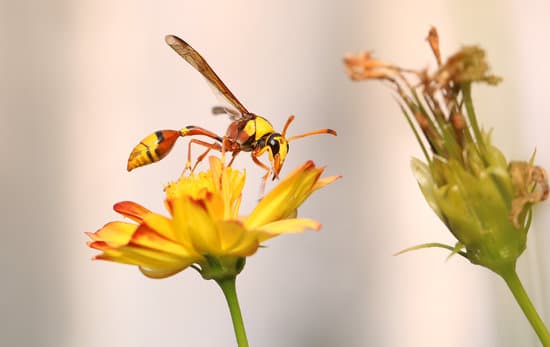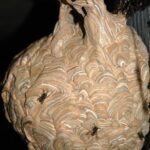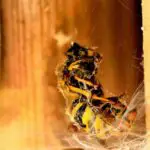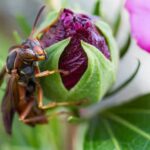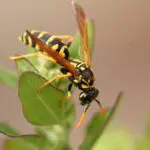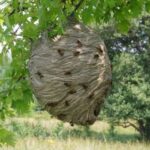How Do Wasps Kill Cockroaches?
Unlike humans, roaches are capable of self defense. Their ability to deflect a wasp’s first sting has been scientifically studied. Researcher Kenneth Catania, a professor of Biological Sciences at Vanderbilt University in Tennessee, staged 55 bouts between a wasp and a cockroach.
To test the roach’s defensive movements, Catania used a real-time video camera. He captured half of the roaches ambushed without an initial defense, and compared the footage to a group of roaches that defended themselves. The result is a study of how cockroaches evolved their defensive tactics.
Cockroaches use their hind legs to kick wasps. These kicks are often connected with the wasp’s head. The roaches also use their forelegs to bring their abdomen between their mandibles. The abdomen is also used to deflect wasp tibial spines.
The roaches that defended themselves were more likely to survive the attack. The wasp’s sting blocked receptors for the neurotransmitter octopamine, which is responsible for voluntary movement.
Cockroaches that avoided the first sting lasted significantly longer than roaches that were zombified, even in real-time trials. After the first sting, cockroaches have temporary paralysis for about two minutes. They can’t walk, but they are capable of following the wasp to its nest.
In addition to the roaches’ ability to kick and deflect a wasp’s first attack, roaches also use their hind legs to rake tibial spines against the wasp. These spines are longer than the roach’s forelegs, and they are able to penetrate connective tissues.
